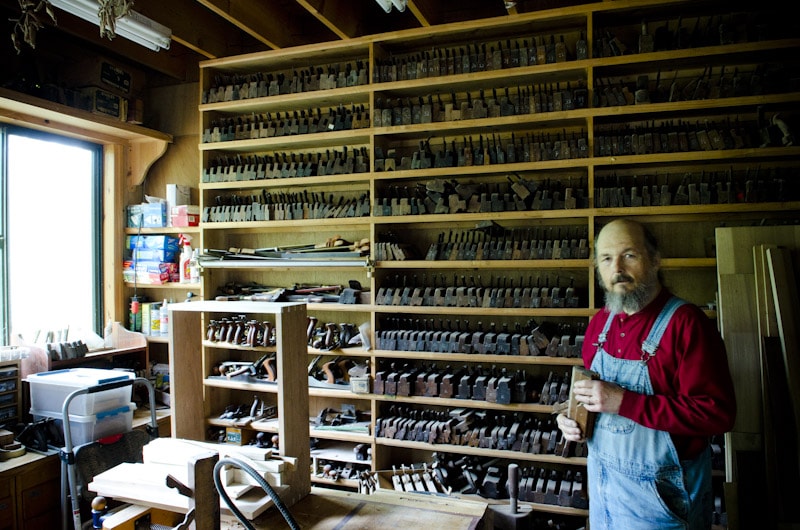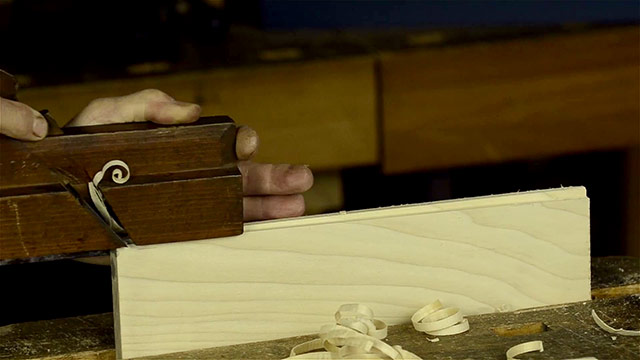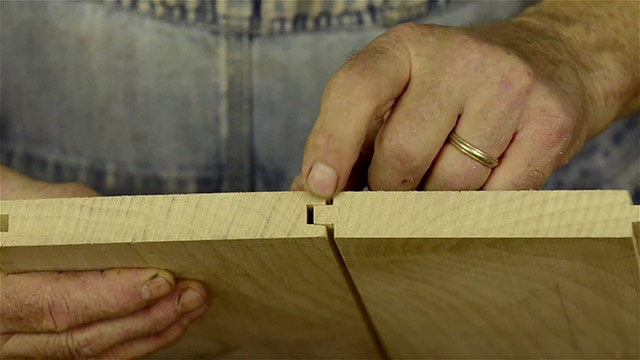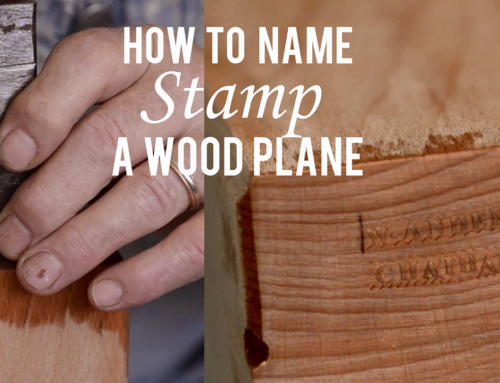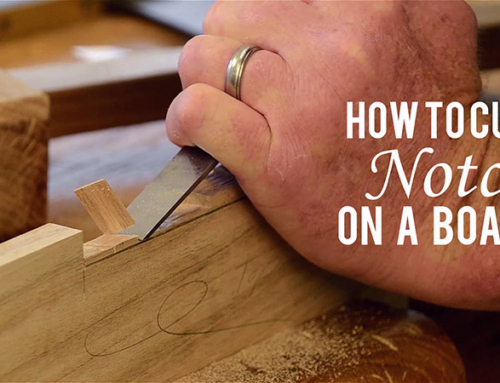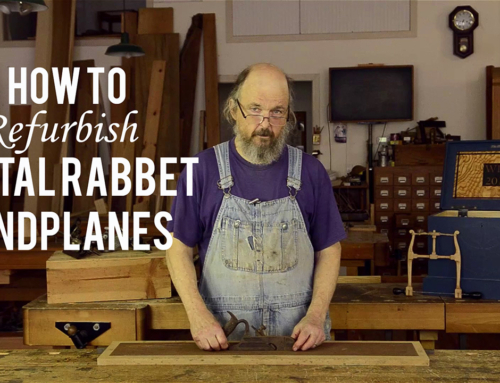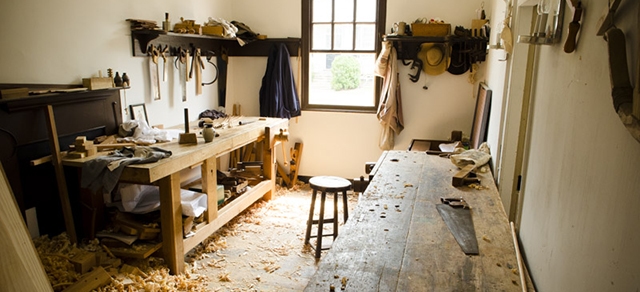How to Use a Wooden Tongue & Groove Plane
Bill Anderson shows how to make a tongue & groove joint using a pair of wooden tongue and groove planes
![]() By Joshua Farnsworth | Published 22 May, 2024
By Joshua Farnsworth | Published 22 May, 2024
How to Use a Wooden Tongue & Groove Plane
![]() By Joshua Farnsworth | Published 22 May, 2024
By Joshua Farnsworth | Published 22 May, 2024
In the above video, Bill Anderson shows how to cut a traditional tongue and groove joint using a pair of wooden tongue and groove handplanes. Tongue and groove planes are one of my favorite woodworking hand tools! Below you’ll find the steps to cut the tongue and groove joint.
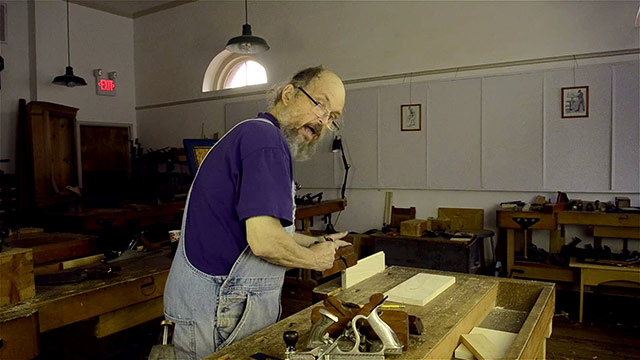
What is a Tongue and Groove Joint?
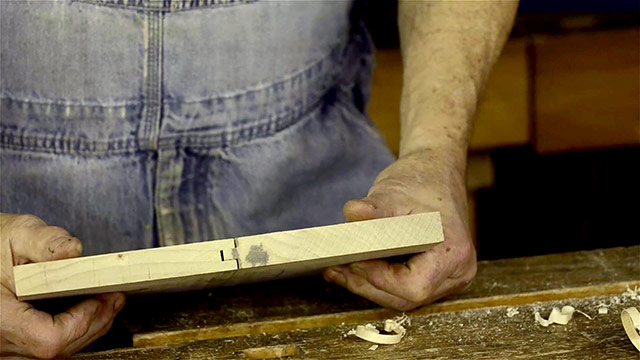
A tongue and groove joint is a unique wood joint used to lock two boards together, while still allowing for seasonal wood expansion and contraction. You can find tongue and groove joints in a lot of places, including on wood flooring, wall paneling, chest bottoms, and other places on furniture.
Orient the Grain Direction
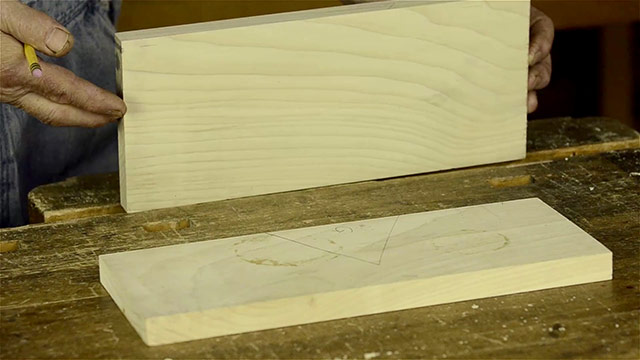
After squaring up your lumber, the first step in making a tongue and groove joint is to orient the wood for the best use of the wood grain. The tongue board will have two new shoulders, which will be visible after the joint is assembled, so that board should have the best wood, which will allow the cleanest cut. The groove in the groove board will be hidden, so ugly tearout can be buried in the wood joint. So it’s vital to orient your tongue board to plane with the grain to produce a clean cut. See the above video for a visual illustration on how to orient the board to plane with the grain.
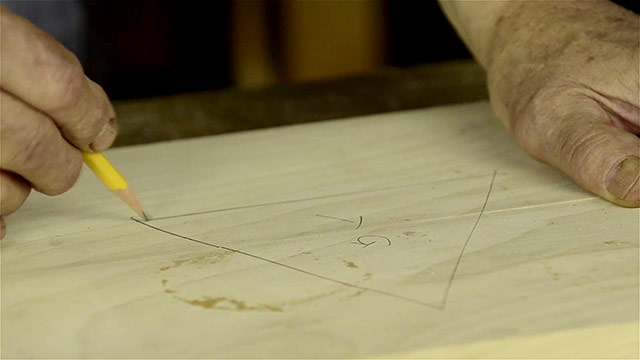
Once you’ve decided on the orientation of your boards, write a “T” on the tongue board and a “G” on the groove board, and use a carpenter’s triangle as a guide for hand planing on the correct side and edge. The pencil marks will help you to orient the boards when they are in the workbench vise.
Cut the Tongue Board
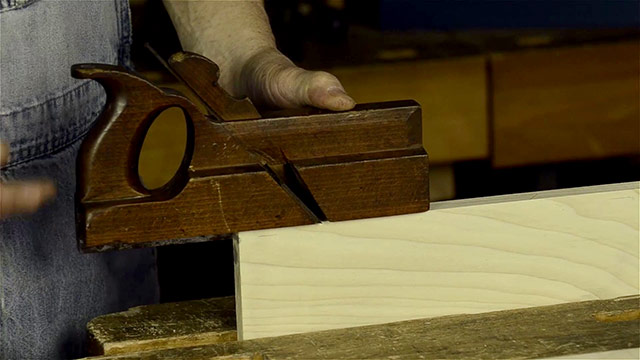
In this lesson Bill used a “matched pair”, which is a term for a matching set of wooden tongue and groove handplanes. The first wood plane has two blades which will produce a protruding tongue. Take the board with a “T” on it, and set it in the workbench vise with the pencil marks facing you.
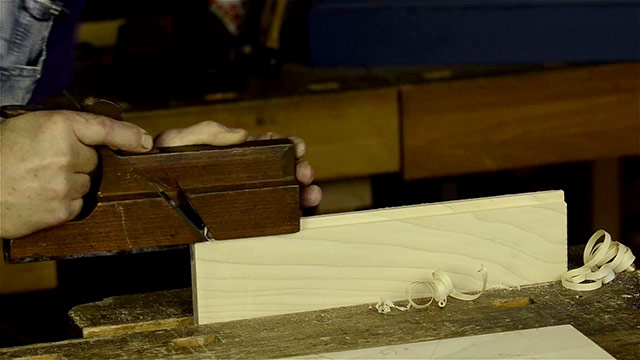
Hold the wood plane straight up, push the hand plane forward to cut the tongue, and continue until the plane stops cutting along the whole board. The handplane will bottom out when the tongue is fully cut.
Cut the Groove Board
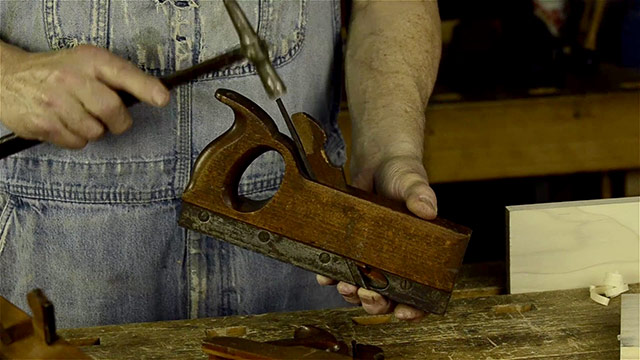
Next you’ll grab the groove board, flip it over, and place it in the workbench vise so that the pencil mark is also facing you. See the video for clarification, as this step can initially be a bit confusing. Adjust the wood plane with a small hammer if you need more or less of a cut. Then proceed to plow the groove on the edge of the board until it stops cutting, just like with the tongue board.
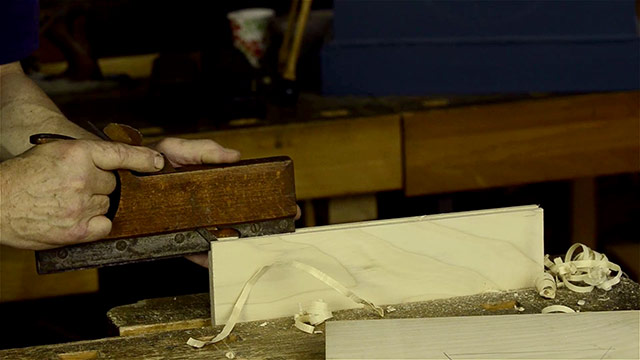
Fit the Tongue and Groove Boards Together
Finally attempt to fit the tongue and groove boards together. If the faces aren’t flush, you can use a shoulder plane to adjust the tongue. And that’s it!
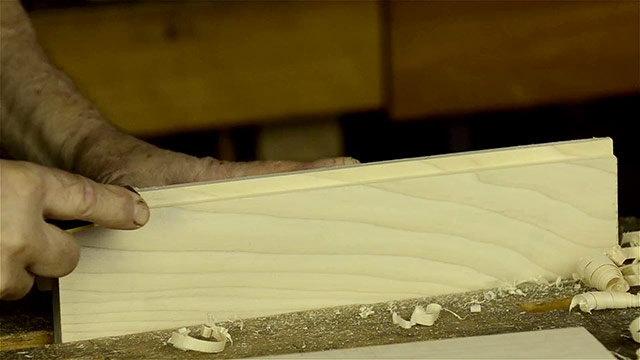
This video lesson is an excerpt from the popular video: “Choosing, Refurbishing, and Using Joinery Handplanes with Bill Anderson” which you can buy here. You can also see all of our video titles here.
About Bill Anderson
Bill is a handplane expert, and an accomplished maker and restorer of wooden hand planes. His workshop is full of both wood planes and metal planes, and he teaches classes on making, refurbishing, and sharpening hand planes. See Bill’s classes at our school here. Bill is also now (as of 2024) teaching small, private classes at his workshop outside of Chapel Hill, North Carolina. You can see his website here.
